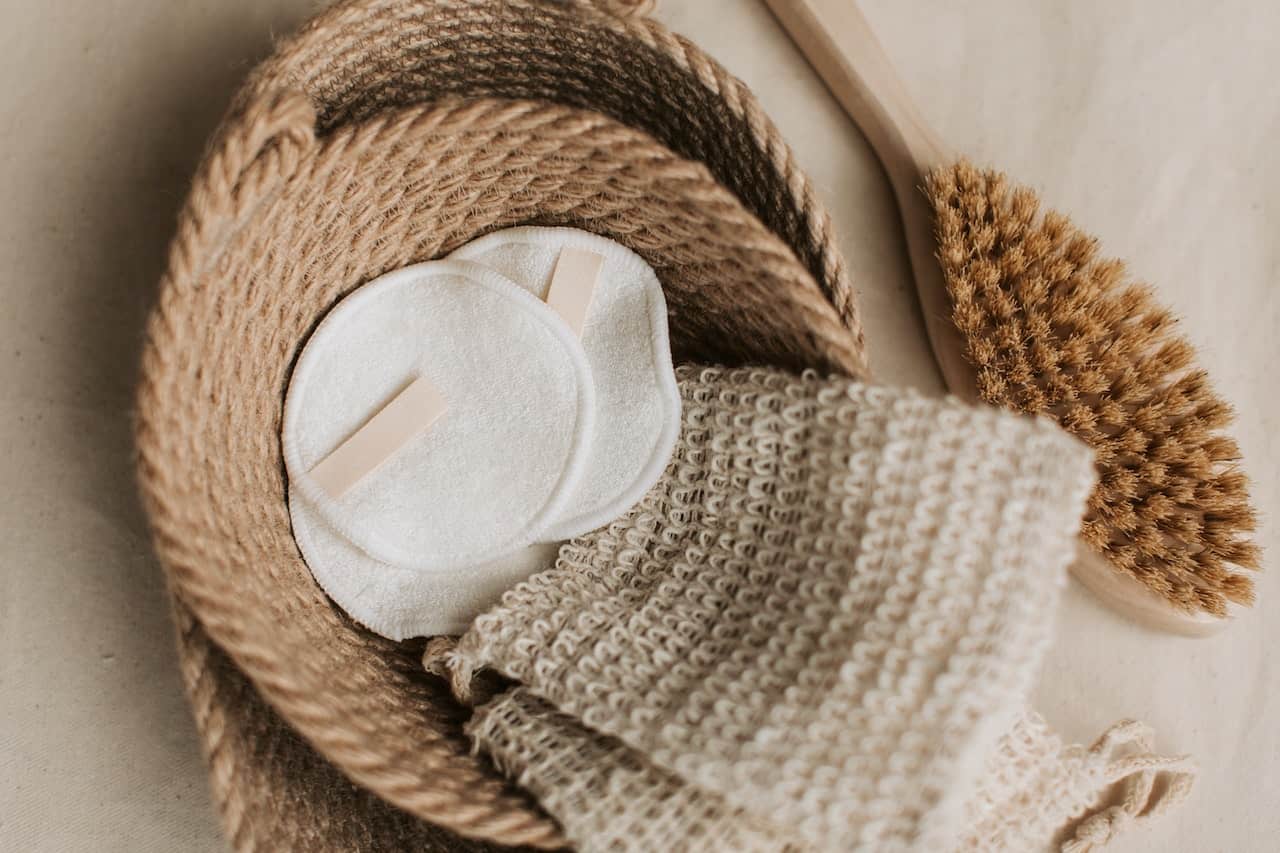
Hemp Textiles and Sustainable Fashion
What is Hemp?
Hemp, derived from the cannabis plant, is a versatile and sustainable material that is revolutionizing the fashion industry.
Known for its environmentally friendly qualities, hemp is quickly becoming a popular choice for sustainable brands looking for alternative fabric options. Its strong natural fibers are not only durable but also offer a wide range of benefits over synthetic fabrics. From its cultivation to its use in clothing and accessories, hemp proves to be an excellent alternative to conventional materials, offering numerous environmental advantages.
In this article, we will explore what hemp is and delve into its many sustainable properties that make it an ideal choice for the fashion industry.
What Is Sustainable Fashion?
Sustainable fashion is a concept that focuses on creating clothes, accessories, and footwear while considering the negative environmental and social impacts of the fashion industry. It promotes a more responsible approach to production, sourcing, and consumption, aiming for a more sustainable future.
The fashion industry has been slow in progress when it comes to sustainability. The Pulse of the Fashion Industry Update 2019 revealed that despite some improvements, the overall sustainability performance of fashion companies has been sluggish. Many brands still face challenges, such as reducing greenhouse gas emissions and tackling chemical use in production.
This slow progress highlights the urgent need for a sustainable alternative to fast fashion. Hemp emerges as an ideal solution due to its many environmental benefits. Hemp is derived from the cannabis plant and is known for its versatility and strength. It can be grown without the need for chemical treatments and requires less water than conventional cotton.
Hemp fabrics are made from the fiber of the hemp plant, known as industrial hemp. This natural material offers a wide range of sustainable fibers that can be used to create hemp clothing, accessories, and footwear. Hemp textiles have the potential to revolutionize the fashion industry by providing a durable, soft, and lightweight alternative to synthetic fabrics.
By choosing hemp clothing and supporting sustainable brands, consumers can contribute to a more sustainable fashion industry and help protect the environment. Hemp is a step towards a more sustainable future, offering a viable solution to combat the negative impacts of the fashion industry.
History of Hemp and Its Use in Textiles
Hemp has a rich history dating back thousands of years and has been used for various purposes, including textiles. Its versatility and sustainability make it an excellent choice for the fashion industry. In this article, we will explore the history of hemp and its use in textiles, highlighting its potential as a sustainable alternative to synthetic fabrics.
History of Hemp and Its Use in Textiles
Hemp has been cultivated for centuries and has played a significant role in various civilizations. It is believed to be one of the first plants domesticated by humans and has been utilized for its fibers, seeds, and medicinal properties. The ancient hemp cultivation can be traced back to regions like China, where it was used to create textiles, ropes, and paper. In Europe, hemp fiber was crucial in the production of sails, ropes, and clothing during the sailing era.
Throughout history, hemp textiles have been prized for their durability and strength. The fibers, obtained from the stalk of the hemp plant, are naturally resistant to mold, mildew, and UV radiation. Hemp fabrics are breathable, providing comfortable wear in diverse climates. Additionally, hemp requires minimal water and can be cultivated without the use of chemical treatments, making it a sustainable and eco-friendly choice.
In recent years, the fashion industry has recognized the potential of hemp as a sustainable material. Hemp textiles are being used by sustainable fashion brands to create clothing, accessories, and footwear that are both fashionable and environmentally friendly. With its long history of use in textiles and its numerous environmental benefits, hemp continues to emerge as a viable solution for a more sustainable fashion industry.
Hemp in Ancient Times
Hemp has a long and storied history dating back to ancient times. Cultivated for thousands of years, it played an integral role in societies across the globe. The practice of hemp cultivation can be traced back to ancient China, where it was grown for its fibers. These fibers were then used to create textiles, ropes, and even paper.
In ancient civilizations, hemp textiles were highly valued for their durability and versatility. The fiber extracted from the stalk of the hemp plant was incredibly strong and resistant to mold, mildew, and UV radiation. This made it ideal for creating clothing that could withstand the test of time.
As the use of hemp spread across the world, it became a significant part of various cultures and economies. It was not only used for clothing but also for creating ropes and sails for ships. The strength and durability of hemp fibers made them indispensable for the sailing era. Additionally, hemp played a crucial role in the production of paper.
Hemp cultivation and its use in textiles, ropes, and sails contributed to the growth of economies and trade routes. The widespread availability of hemp products helped shape the cultural and economic landscape of many ancient civilizations.
Hemp has a rich history as a fiber used in textiles, ropes, sails, and paper. Its cultivation and use in ancient times played a vital role in various cultures and economies across the globe.
The Industrial Revolution and the Decline of Hemp
During the Industrial Revolution, the decline of hemp as a textile material can be attributed to several factors. As new machinery and technologies emerged, the textile industry underwent significant changes. The rise of cotton in particular transformed the industry, as it offered a cheaper and more readily available alternative to hemp.
Cotton production flourished due to advancements in spinning and weaving machinery, making it easier and faster to produce cotton fabrics. This led to a decline in hemp production, as cotton became the preferred choice for textiles. Additionally, the influence of oil and steel tycoons played a role in the decrease of hemp cultivation. These tycoons had a vested interest in promoting industries that utilized their products, such as synthetic fibers and steel, which further contributed to the decline of hemp.
Furthermore, hemp’s association with marijuana added to its decline as a textile material. The passage of the Marijuana Tax Act in 1937 in the United States heavily regulated the cultivation and use of hemp, placing it under the same legal restrictions as marijuana. This further hindered the growth of hemp production for textile purposes.
Overall, the Industrial Revolution, the rise of cotton, the influence of oil and steel tycoons, and the association with marijuana all contributed to the decline of hemp as a textile material. However, the recent resurgence of sustainable and eco-friendly fashion has now rekindled interest in hemp as a viable and environmentally friendly alternative to synthetic fibers.
Revival of Hemp in Modern Times
Hemp, once overshadowed by the dominance of cotton and synthetic fibers, is experiencing a remarkable revival in modern times. The increasing popularity and utilization of this versatile plant is largely driven by advancements in technology and the growing demand for sustainable materials.
Hemp has found its way back into the mainstream as industries recognize its potential and numerous benefits. In the fashion and textile sector, hemp is gaining recognition as a sustainable alternative to conventional materials. Its natural fibers offer durability, breathability, and softness comparable to cotton. Hemp fabrics are also known to be resistant to mold, UV rays, and everyday wear and tear.
Apart from textiles, hemp has made significant inroads into various industries. Construction companies are incorporating hemp into building materials due to its high strength and insulating properties. Hempcrete, a mixture of hemp fibers, lime, and water, is being used as a sustainable alternative to traditional concrete. Paper manufacturers are also turning to hemp as a more sustainable choice, as it requires less water and chemical treatments compared to wood pulp.
The resurgence of hemp in these key sectors can be attributed to advancements in technology that have made it easier and more cost-effective to produce hemp-based products. Additionally, the growing demand for sustainable and eco-friendly materials has prompted businesses and consumers alike to seek out alternatives to synthetic and resource-intensive materials.
As the revival of hemp continues to gain traction, it is clear that this ancient plant has found its place in the modern world. With its wide range of uses, from textiles to construction and beyond, hemp is becoming a symbol of sustainable innovation and environmental stewardship.
Advantages of Using Hemp for Textiles
Hemp as a textile material offers several advantages that make it a popular choice in the fashion industry.
Firstly, hemp fibers are known for their durability, making hemp textiles long-lasting and resistant to everyday wear and tear. Additionally, hemp fabrics are breathable and offer excellent moisture-wicking properties, providing comfort to the wearer. The softness of hemp fibers is comparable to cotton, making it a comfortable and luxurious option for clothing.
Moreover, hemp is a sustainable alternative to conventional materials as it requires less water and pesticide use during cultivation. Its fast growth cycle and ability to thrive in various climates also make it an environmentally-friendly choice. Furthermore, hemp is UV resistant and naturally mold-resistant, making hemp garments ideal for outdoor and active wear.
The diverse range of applications for hemp textiles, from clothing to accessories, demonstrates its versatility and potential in the fashion industry.
Biodegradable Nature
Hemp textiles offer a myriad of environmental benefits due to their biodegradable nature. Unlike synthetic fibers that contribute to the global waste problem, hemp clothing decomposes naturally and reduces waste in landfills. This makes it an excellent alternative for sustainable fashion.
When hemp textiles are discarded, they break down into organic material, contributing to soil health rather than pollution. This natural decomposition process not only reduces waste but also enriches the soil with essential nutrients. It makes hemp a sustainable option for fashion, as it supports the circular economy and promotes a healthier environment.
Moreover, the cultivation of hemp crops requires fewer chemical treatments compared to conventional cotton. This reduces the environmental impact in terms of water usage, soil erosion, and pollution. The hemp plant itself is also regarded as a versatile fiber crop, as it grows quickly and efficiently without the need for extensive resources.
By choosing hemp garments, we can contribute to reducing the waste generated by synthetic materials in the fashion industry. Embracing hemp clothing not only supports sustainable brands but also helps create a more environmentally conscious future.
Together, we can move towards a fashion industry that values biodegradability and reduces its ecological footprint.
Resistant to Pests and Disease
Hemp textiles are not only sustainable but also remarkably resistant to pests and disease. This unique characteristic greatly benefits the sustainability of hemp as a fabric choice.
Unlike other natural fibers, hemp possesses a natural resistance to pests and diseases. This means that farmers can grow hemp crops without the need for harmful chemicals often used in conventional farming. By eliminating the use of these toxic pesticides and herbicides, hemp cultivation helps protect the environment and promotes healthier ecosystems.
The resistance of hemp to pests and disease also contributes to the long lifespan of hemp garments. Since hemp fibers are naturally durable, they remain intact for a longer period of time, diminishing the need for frequent replacement. This durability reduces the overall environmental impact of fashion, as it decreases the demand for new garments and reduces textile waste.
By being resistant to pests and disease, hemp textiles promote sustainable practices that prioritize both the health of the environment and the longevity of the garments. It is an eco-friendly fabric choice that offers numerous benefits, including reduced reliance on harmful chemicals, increased durability, and decreased waste.
From cultivation to disposal, hemp continues to prove itself as a truly sustainable alternative in the fashion industry.
Reusable and Recyclable
Hemp textiles not only offer numerous environmental benefits through their cultivation process but they also provide sustainability throughout their lifecycle. One of the key attributes that make hemp a sustainable choice is its reusability and recyclability.
Due to the strong and durable nature of hemp fibers, clothing made from hemp can withstand extended use before it wears out. This means that hemp garments have a longer lifespan compared to other fabrics, reducing the need for frequent replacements. By opting for hemp clothing, individuals can contribute to minimizing textile waste and the overall environmental impact of fashion.
Furthermore, hemp textiles offer recyclability as part of their sustainable appeal. When hemp garments do eventually reach the end of their lifecycle, they can be recycled into new products or repurposed for other uses. This enables the materials to continue their lifecycle even beyond their original purpose, reducing the demand for virgin resources and minimizing waste.
By choosing hemp textiles, individuals can embrace the concept of reusable and recyclable fashion, making a conscious effort towards reducing their environmental footprint. With its durable nature and recyclability, hemp emerges as a sustainable option that promotes both longevity and circularity in the fashion industry.
Low Water Usage During Growth
Hemp stands out as a sustainable textile material due to its low water usage during growth. Unlike other crops used in the fashion industry, hemp is a drought-resistant plant that requires only half the amount of water compared to cotton. This makes it an environmentally friendly choice, especially in regions facing water scarcity.
By cultivating hemp, water resources can be conserved significantly. The plant’s deep roots have the ability to reach moisture deep within the soil, minimizing the need for excessive irrigation. Additionally, hemp has the capacity to retain moisture in the soil, reducing soil erosion and maintaining soil health.
In the face of the climate crisis, the advantages of using hemp in terms of water usage become even more apparent. As water stress continues to be a global concern, the adoption of hemp as a textile material becomes imperative. The crop’s ability to thrive in dry conditions and require less water makes it a sustainable alternative to other water-intensive crops.
Choosing hemp textiles not only supports sustainable fashion but also contributes to water conservation efforts. By mitigating water usage in the fashion industry, we can address one of the pressing environmental challenges of our time. Hemp’s low water requirements make it a responsible choice for conscious consumers looking to make a positive impact on the planet.
Ability to Grow in a Variety of Climates
One of the key advantages of hemp as a sustainable textile material is its remarkable ability to grow in a variety of climates. Unlike many other crops, hemp can thrive in diverse regions around the world, making it a highly versatile and accessible option for sustainable fashion.
Hemp cultivation has been successful in various parts of the globe, including Europe, Australia, North and South America, and China. This wide adaptability of hemp plants allows for local production in different regions, minimizing the need for long-distance transportation. As a result, there is a significant reduction in transportation expenses and the associated pollution and carbon emissions.
Furthermore, the ability to grow hemp in diverse climates contributes to increased self-sufficiency for communities. By cultivating hemp locally, regions can rely on their own resources and reduce dependence on imported textiles. This not only strengthens local economies but also fosters a more sustainable and resilient fashion industry.
Another benefit of hemp’s adaptability to different climates is the potential for higher productivity. Hemp plants can thrive in various environments, allowing for multiple harvests per year. This increased productivity means that more fiber can be obtained from a smaller land area, making hemp a highly efficient and sustainable choice for textile production.
The ability of hemp to grow in a variety of climates makes it a highly suitable and sustainable textile material. This adaptability contributes to minimized transportation expenses and pollution, increased self-sufficiency for communities, and the potential for higher productivity. By embracing hemp as a versatile and accessible option, the fashion industry can take significant strides towards a more sustainable future.
High Yields per Acre Compared to Other Crops
When it comes to sustainable textile production, hemp stands out as a crop with high yields per acre compared to other crops. This makes it a highly efficient and eco-friendly choice for the fashion industry.
Hemp plants have the potential to produce significantly more fiber per acre compared to other fiber crops. This means that larger quantities of textile materials can be obtained from a smaller land area, resulting in higher productivity and resource efficiency. In fact, research has shown that hemp can yield up to three times more fiber per acre than cotton.
One of the reasons for hemp’s impressive yield is its deep root system. The extensive root structure allows the plant to access nutrients and water from deeper in the soil, making it more resilient and less dependent on external resources. Moreover, the deep roots of hemp play a crucial role in improving soil quality and fertility. They help break up compacted soil, prevent erosion, and promote better nutrient uptake, leading to healthier and more sustainable agricultural practices.
Another remarkable aspect of hemp cultivation is that the entire crop is useful. While the stalks are harvested for fiber, the remaining parts of the plant, such as leaves and roots, can be plowed back into the soil as natural fertilizer. This closed-loop approach ensures minimal waste and supports soil health by replenishing organic matter and nutrients.
By harnessing the high yields per acre, deep root system, and the multiple uses of the entire crop, hemp emerges as a sustainable solution for the fashion industry. It offers a more efficient and environmentally friendly alternative to conventional crops, while simultaneously promoting soil health and resource conservation.
Disadvantages of Using Hemp for Textiles
While hemp has many benefits as a sustainable textile material, it is important to consider some of the disadvantages as well. One significant challenge with using hemp for textiles is its coarse and rough texture.
Unlike fabrics made from softer fibers like cotton, hemp fabrics can be initially scratchy and stiff. However, with time and proper care, they tend to soften and become more comfortable.
Another drawback is the limited color options available for hemp fabrics. The natural color of hemp is typically an earthy beige, making it difficult to achieve vibrant and diverse color palettes. Additionally, the production of hemp textiles requires specialized machinery and processing techniques, which can lead to higher manufacturing costs.
Despite these disadvantages, the demand for hemp textiles is growing as more eco-conscious consumers seek sustainable and durable alternatives to synthetic fabrics. With continued research and development, these limitations could potentially be overcome, making hemp a widely embraced material in the fashion industry.
Difficult Growing Conditions
Hemp is known for its versatility and resilience, but it also faces challenging growing conditions. Temperature, soil requirements, and susceptibility to pests and diseases are some of the factors that farmers must navigate when cultivating this crop.
The hemp plant is typically grown in temperate climates, with temperature variations being an important consideration. It prefers a warm climate between 60 to 80 degrees Fahrenheit, making it adaptable to a wide range of regions. However, extreme temperatures, both hot and cold, can affect its growth and productivity.
When it comes to soil requirements, hemp is relatively forgiving. It can grow in a variety of soil types, from sandy to clayey, as long as the soil is well-draining. Hemp also has the unique ability to improve soil health by reducing soil erosion and promoting better water retention.
Pests and diseases can pose problems for hemp farmers, but the plant has a natural resistance to many common pests and diseases. This resilience is attributed to its dense foliage, tall height, and the presence of cannabinoids that act as a natural deterrent. Additionally, planting techniques and crop rotation can help manage these challenges effectively.
Despite these difficult growing conditions, hemp’s versatility as a crop enables it to adapt to different climates and withstand adverse factors. With proper care and cultivation practices, farmers can overcome these challenges and benefit from the numerous advantages that hemp offers for sustainable fashion and textile production.


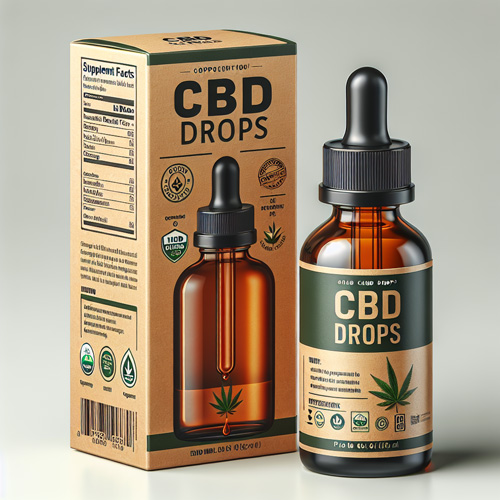





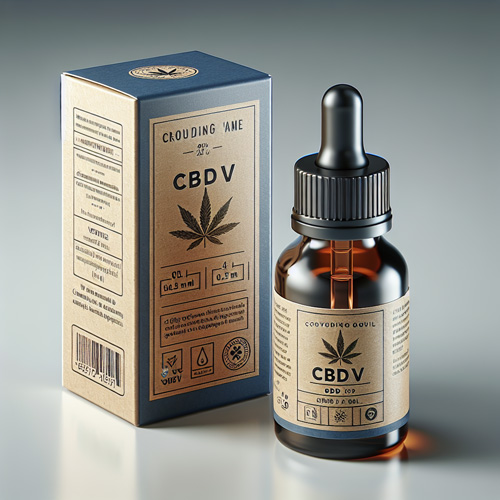



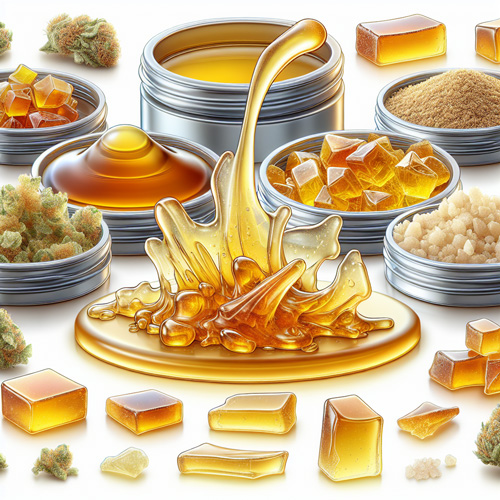
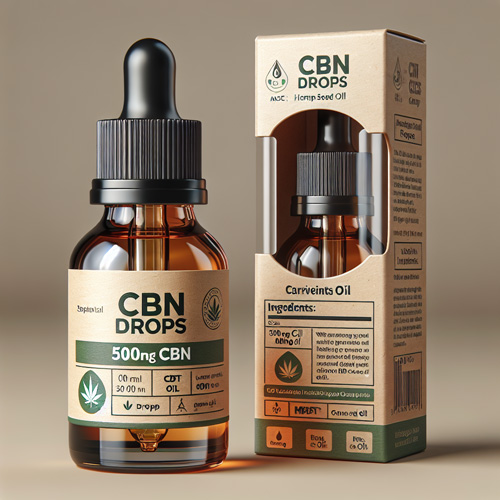



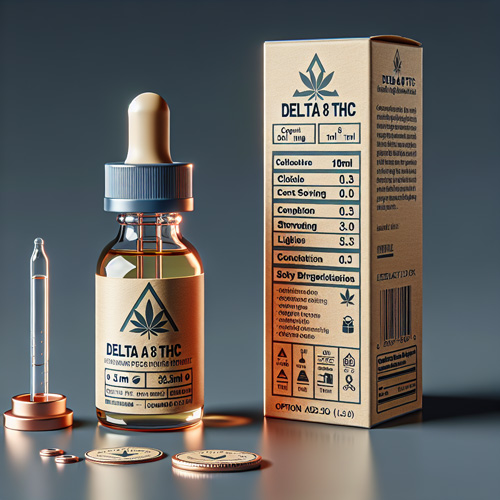
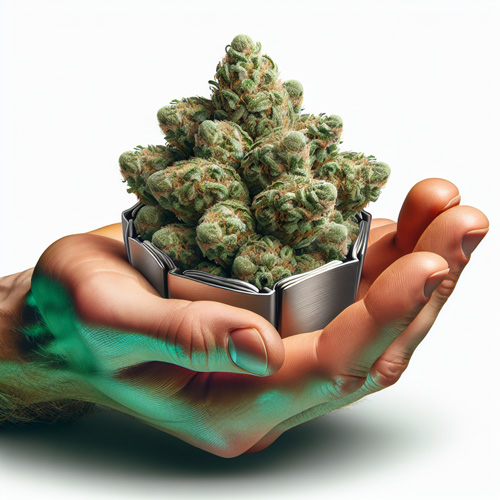





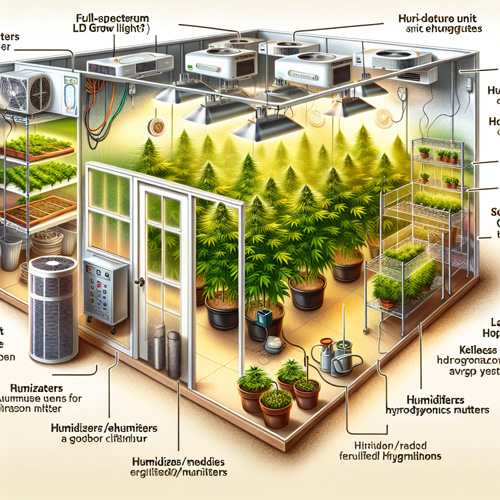






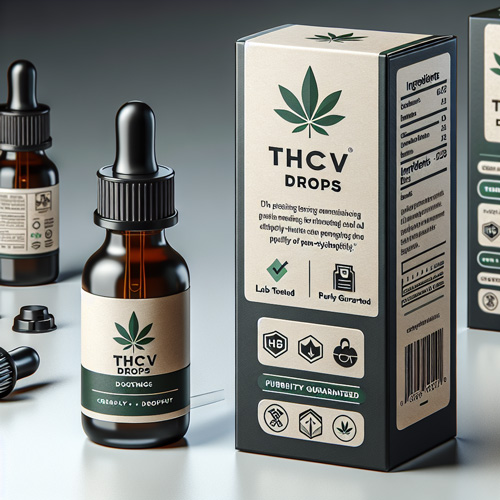
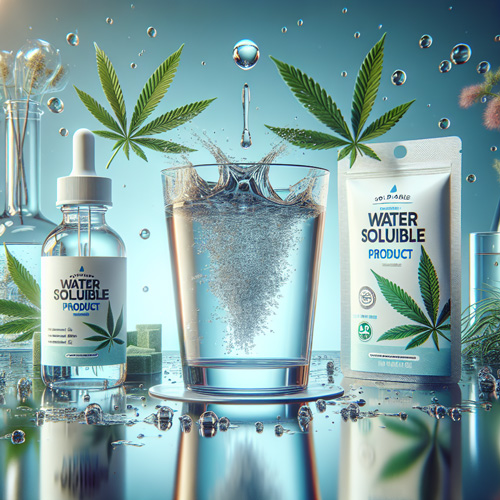


/5Total reviews
Persons recommended this product
Filter by
star Rating
attach_file Attachments
Anonymous
Shopper
check_circle Verified
Shop owner replied
Was this helpful
Facebook
X (Twitter)
LinkedIn
Reddit
Copied to Clipboard
Anonymous
Shopper
check_circle Verified
Shop owner replied
Was this helpful
Facebook
X (Twitter)
LinkedIn
Reddit
Copy Link
Thanks for your review!
Your feedback helps us improve our service.
There are no reviews yet.
Be the first to review “ ”
Only logged in customers who have purchased this product may leave a review